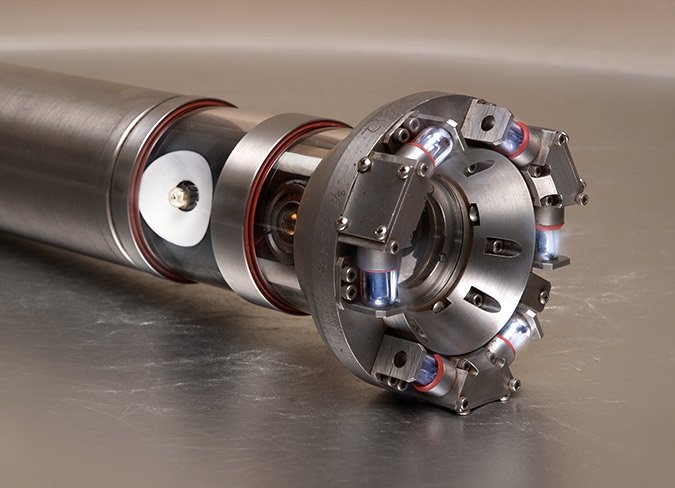Well integrity is crucial for safety and functionality in the oil and gas sector, influencing environmental stewardship and economic viability. It ensures that all parts of a well system function harmoniously, preventing potential leaks or blowouts.
Incorporating a downhole camera into routine inspections gives operators critical insights into well conditions. Maintaining well integrity not only ensures safety regulations but also maximizes operational longevity and efficiency, minimizing downtime and financial losses. A clearer view of beneath-the-surface conditions supports proactive decision-making in today’s energy markets.
What Are Downhole Cameras?
Downhole cameras are essential for monitoring and evaluating oil and gas wells, providing real-time visualizations, high-resolution images, and videos from within the well. These devices allow operators to inspect and assess well integrity without invasive procedures. They also help identify issues like casing leaks, blockages, or debris accumulation, which could cause operational disruptions. This foresight allows operators to schedule maintenance efficiently, improving equipment longevity. Implementing these cameras has transformed well integrity assessments, offering unprecedented detail and enhancing operational safety and efficacy.
Benefits of Using Downhole Cameras
Downhole cameras are crucial for well management, offering immediate issue detection and response. Operators can access real-time feedback to identify threats to well integrity, such as corrosion or scaling. By taking care of minor issues before they become larger ones, downhole cameras can reduce downtime and maintenance costs. The real-time capability of downhole cameras enhances operational safety and boosts productivity by ensuring necessary flow and reducing unscheduled shutdowns.
Technology Advancements in Downhole Cameras
Technological improvements show that downhole cameras are much more dependable and effective. Modern cameras now offer 360-degree rotational, enhancing high-temperature safety and increasing capabilities, ensuring comprehensive data collection for accurate assessment. Sensor and imaging technology has also improved, delivering sharper images and more precise data even in dark subsea environments. These advancements set new standards for good surveillance, providing greater certainty and confidence in results. Continuous innovations in this field promise even more potent solutions in the future, solidifying downhole cameras’ role in sound management.
Cost Efficiency and Operational Safety
- Early detection of potential issues averts costly disruptions.
- Efficient maintenance scheduling leads to reduced operational costs.
- Enhanced safety protocols minimize risks for personnel and the environment.
The strategic application of downhole cameras directly contributes to significant cost savings and heightened operational safety. By enabling early identification and resolution of integrity threats, these cameras ensure wells remain online longer and perform more efficiently. The capacity to predict and preemptively manage potential well failure scenarios is invaluable, safeguarding human life and environmental health.
Future Trends in Well Integrity Assessment
Innovation drives the evolution of well integrity assessment, with technological advancements enabling more brilliant oil and gas management strategies. Artificial intelligence and data analytics in downhole cameras are expected to streamline processes, provide accurate predictive maintenance schedules, and reduce unexpected repairs. These sophisticated technologies will redefine well surveillance, resulting in safer and more sustainable oil extraction methods. As tools evolve, they offer efficient data interpretation and decisive action planning, supporting industry goals of safety and production optimization.
Final Thoughts
Downhole cameras are revolutionizing the oil and gas sector by enhancing early issue detection and enabling effective well-condition oversight. These technological advancements are crucial for maintaining well integrity and performance, securing the industry’s future, and committing to responsible resource management. Keeping up with these advances is essential to the industry’s continued commitment to responsible resource management, significantly as efficiency and safety demands rise.


